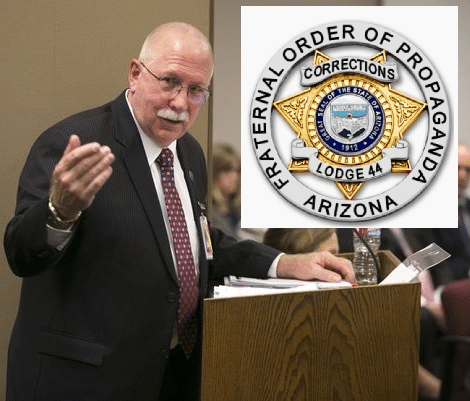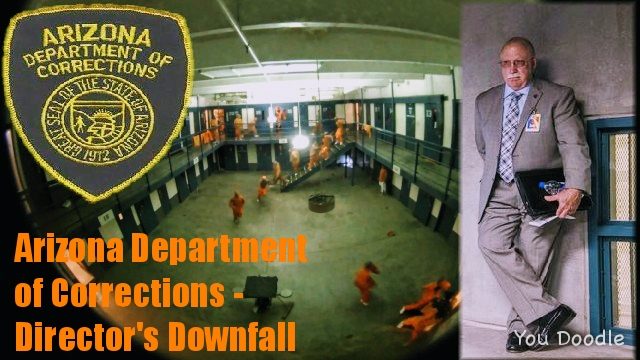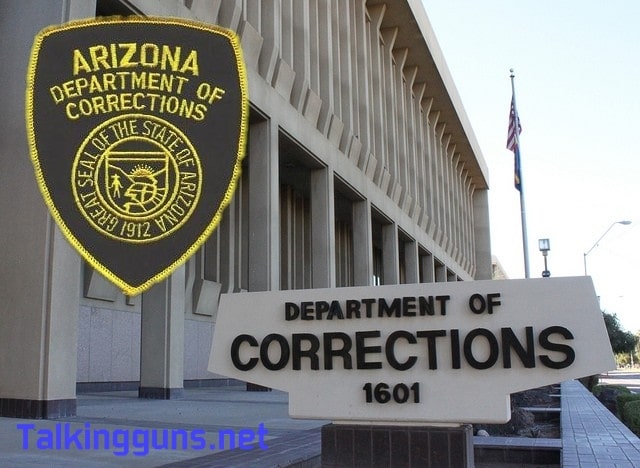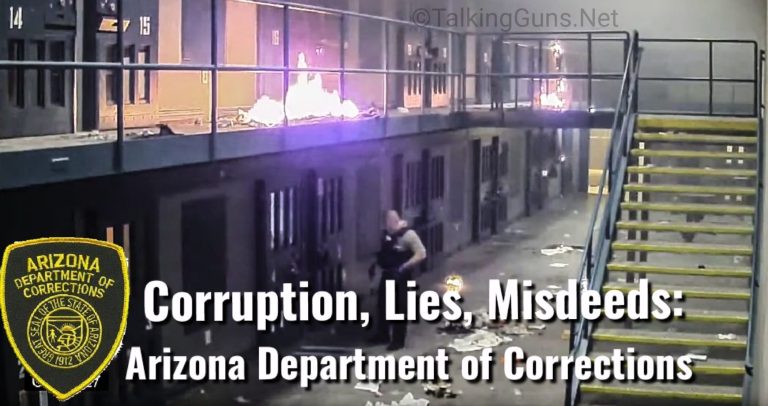
A Message For The Fraternal Order of Propaganda
I just read Richard Mehner’s painfully long and dry FOP Department puff piece. His words are so damaging to his own union that a response

I just read Richard Mehner’s painfully long and dry FOP Department puff piece. His words are so damaging to his own union that a response

The employees of the Arizona Department of Corrections are emerging from the shadows. They are unafraid, and are coming forward to share their stories of

By Frank Drebin What has happened to the corrections system in Arizona? It seems to have shifted its focus from punishment to rehabilitation. Rehabilitation and

By Frank Drebin Has the Governor’s Office and the Arizona State Legislature turned their backs on the rank and file employees of the Arizona Department

Legendary firearms instructor and subject matter expert, Dr. Wes Doss is now the victim of a series of medical incidents, including Malpractice and Negligence, that

Has Arizona Governor Doug Ducey finally begun to drain his own swamp? Embattled Director Charles Ryan resigned from the Arizona Department of Corrections on September